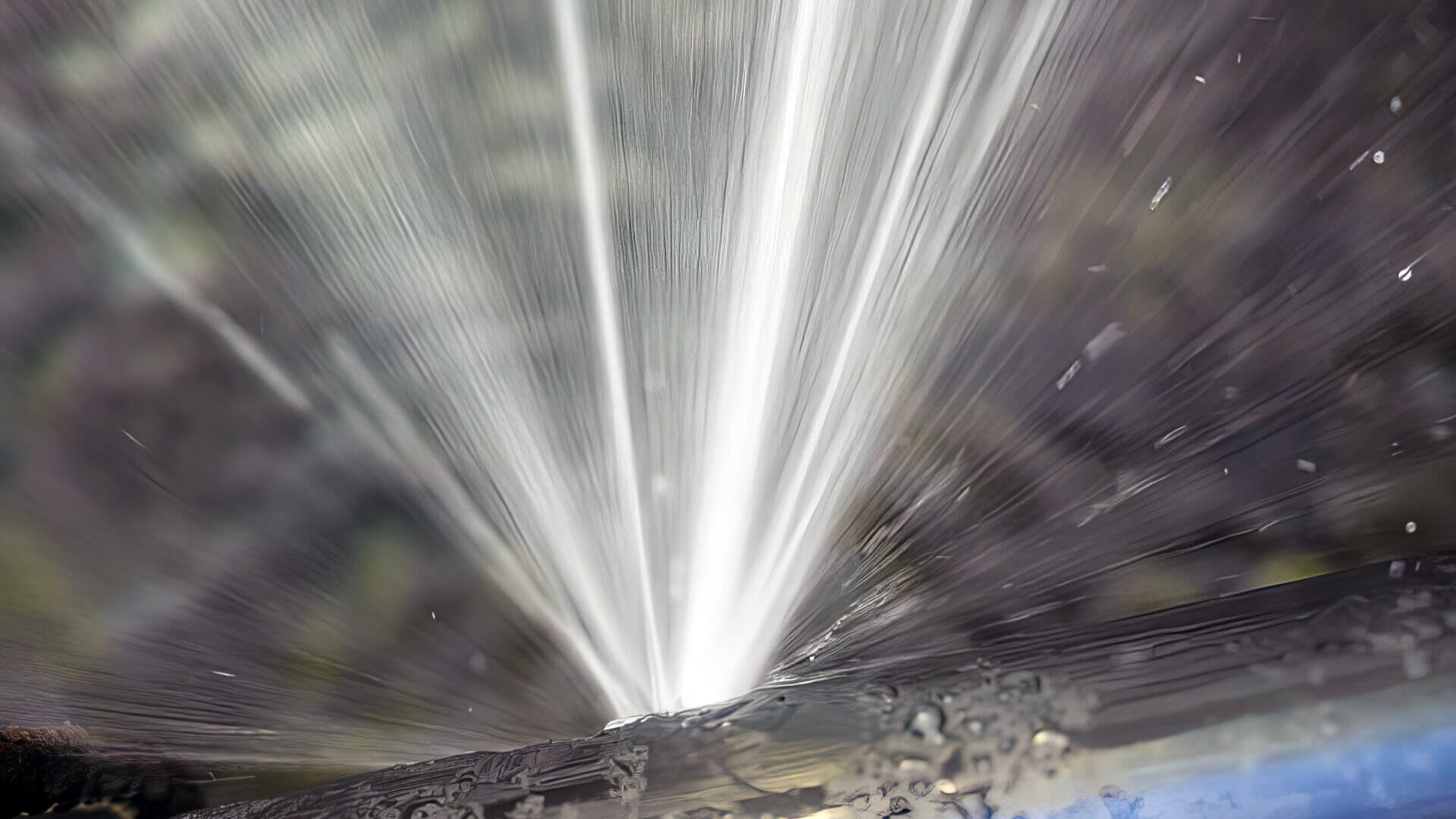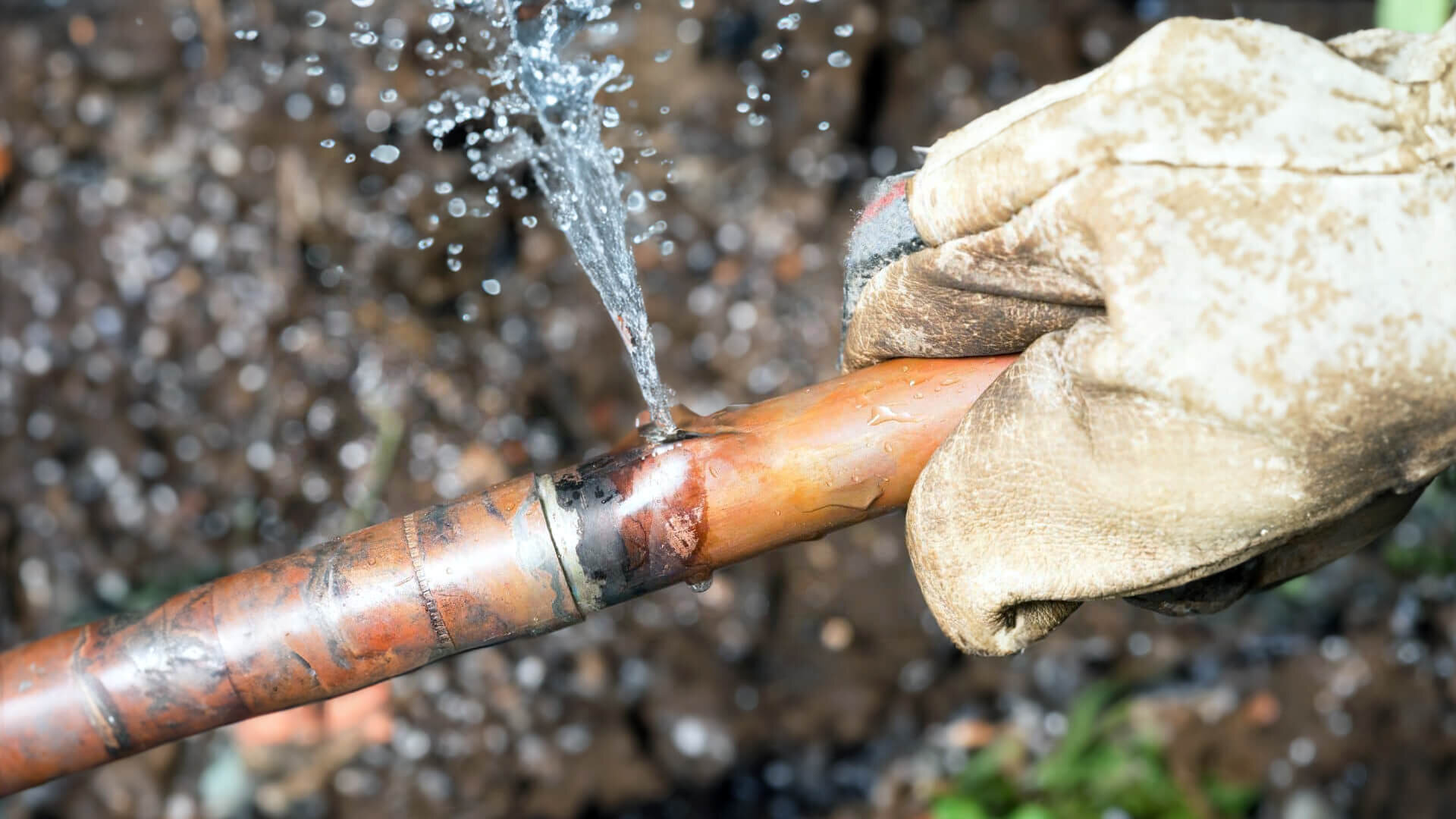How to Handle a Burst Pipe: Essential Steps for Immediate Action
Wiki Article
Protecting Against Burst Pipeline: Essential Tips to Protect Your Plumbing
Preventing ruptured pipelines is a vital concern for property owners, specifically during chillier months when the threat of freezing is heightened. Executing strategic procedures such as proper insulation, routine inspections, and maintaining constant interior temperatures can dramatically reduce the probability of pipeline failing.Understand Pipe Vulnerabilities
Recognizing pipeline vulnerabilities is vital for reliable pipes upkeep and avoiding pricey damages. A number of factors add to the vulnerability of pipelines to bursts, consisting of product structure, age, and ecological conditions. Older pipes, especially those made from galvanized steel or polybutylene, typically break down in time, causing increased risk of tears and leaks.Temperature level variations can likewise significantly influence pipe stability. In chillier environments, water caught in pipelines can freeze, exerting and broadening pressure on the pipeline wall surfaces, which might ultimately cause a burst. Additionally, high water stress can stress pipelines, specifically at joints and bends, enhancing the possibility of failing.

Insulate Piping Appropriately
Correct insulation of pipelines is essential for avoiding cold and succeeding ruptureds throughout cold climate (burst pipe). Protecting your plumbing system efficiently safeguards versus temperature level goes down that can cause expensive damages. Begin by determining vulnerable areas where pipes are subjected to outdoor temperatures, such as basements, attics, and outside wall surfacesUse foam pipe insulation sleeves or cover insulation tape around these locations to give a protective barrier. Make certain that all areas of the pipes, especially those with limited warmth direct exposure, obtain adequate insulation. Pay unique attention to fittings and joints, as these are extra at risk to cold.
When shielding, it's crucial to pick products that fulfill regional building codes and are ideal for the particular atmosphere. For instance, fiberglass insulation is usually recommended for its thermal resistance properties - burst pipe. In addition, consider using warm cables or tape in severe conditions, which can be connected in to offer additional warmth
Frequently check insulated pipes for any type of signs of wear or damages, as jeopardized insulation can lessen its effectiveness. By taking these positive steps, you substantially decrease the risk of pipe bursts, making certain a reputable plumbing system throughout the cold weather.
Maintain Constant Temperature Level
A secure interior temperature level is important for preventing ruptured pipelines throughout the freezing months. When temperatures decline, water within pipes can freeze, producing and increasing pressure that may inevitably trigger the pipes to ruptured. To mitigate this risk, house owners need to keep a consistent temperature throughout their living room, ideally no lower than 55 ° F(13 ° C)Using a programmable thermostat can assist take care of interior temperatures properly, guaranteeing that spaces with pipes stay warm also when the residence is empty. Pay special focus to areas that are extra vulnerable to cold, such as garages, attics, and cellars. Maintaining cupboard doors open under sinks can next also enable warmer air from the home to flow around pipes.On top of that, it is sensible to allow taps to drip somewhat throughout extreme cool spells. This small circulation of water can avoid cold by reducing pressure within the pipelines. During especially extreme weather occasions, consider temporarily putting on hold any kind of nighttime obstacles on your thermostat to visit their website maintain a steady warm atmosphere. By executing these approaches, property owners can considerably decrease the threat of pipe ruptureds and secure their plumbing systems against the extreme wintertime aspects.
Frequently Examine Pipes
Routine assessments of plumbing systems are important for preventing ruptured pipes and maintaining overall home honesty. Routine checks allow property owners to determine potential issues before they intensify right into costly repairs or significant water damage. During these inspections, it is necessary to examine noticeable pipelines for signs of deterioration, leakages, or wear. Pay unique interest to locations vulnerable to cold, such as basements, attic rooms, and outside wall surfaces.Furthermore, evaluating joints and connections is essential, as these points are often at risk to leaks. Property owners need to likewise analyze water stress levels, as too much stress can strain the pipes system and boost the danger of pipe bursts.
Take into consideration scheduling professional plumbing evaluations at the very Get More Info least once a year, specifically before winter months, to guarantee your system is prepared for cooler temperature levels. By being aggressive in your approach, you can secure your home against the pricey and turbulent repercussions of ruptured pipes.
Know Emergency Treatments
Recognizing emergency treatments is crucial for every property owner, especially after performing normal pipes evaluations. Being gotten ready for a pipes emergency situation can substantially minimize damage and conserve prices. Initially, situate your primary water shut-off shutoff; it is generally found near the water meter or where the primary line enters your home. Familiarize yourself with its operation, as turning off the water promptly can stop extensive flooding.
Following, keep important devices useful. A pipes emergency kit need to consist of a wrench, plunger, and towels, in addition to a flashlight and a pail for little leaks. In addition, consider having the contact information for a relied on plumber easily available, ought to the scenario intensify beyond your control.
If you spot a leak or burst pipeline, immediately shut off the water system and inform your plumbing technician. In addition, document the damage with photographs for insurance functions. burst pipe. Understand the indicators of possible plumbing concerns, such as unusual water stress variations or damp areas on walls
Inevitably, positive knowledge and quick action are crucial in handling plumbing emergency situations, ensuring your home continues to be safeguarded and minimizing possible damages.

Final Thought
In conclusion, protecting against burst pipelines necessitates a diverse approach that consists of understanding pipe vulnerabilities, appropriate insulation, preserving regular interior temperatures, normal evaluations, and understanding of emergency situation treatments. By executing these essential techniques, the danger of plumbing failings can be significantly lowered, thereby ensuring the long life and effectiveness of the pipes system. Aggressive actions not only protect against potential damages but also add to total water conservation and the defense of building.In chillier climates, water trapped in pipes can ice up, increasing and exerting stress on the pipe walls, which may eventually lead to a ruptured. When temperatures decline, water within pipes can ice up, increasing and developing stress that may eventually cause the pipelines to ruptured. By executing these methods, property owners can significantly lower the risk of pipeline ruptureds and safeguard their pipes systems against the extreme wintertime aspects.

Report this wiki page